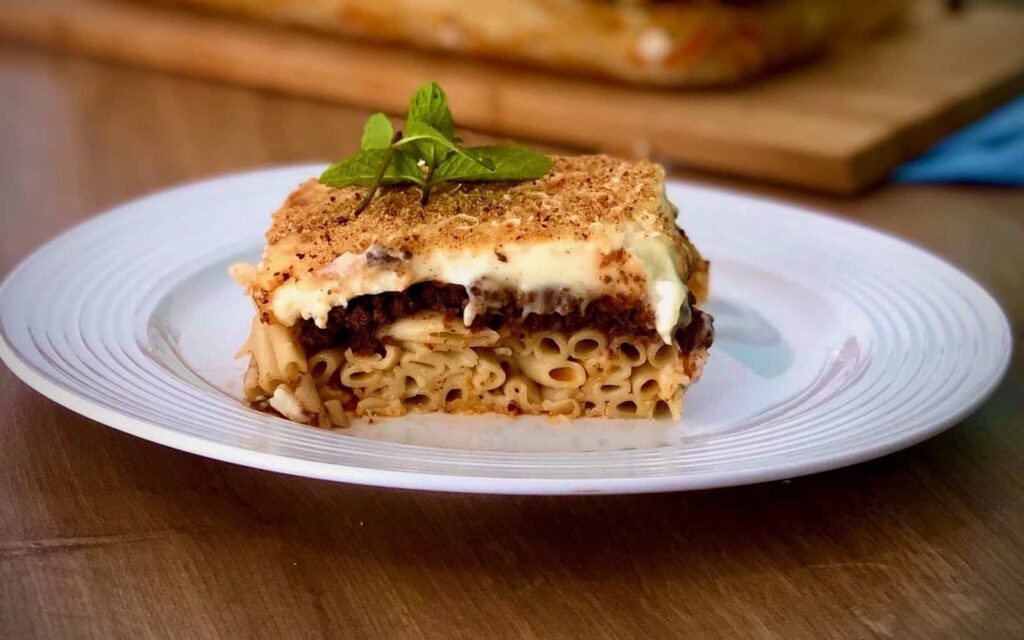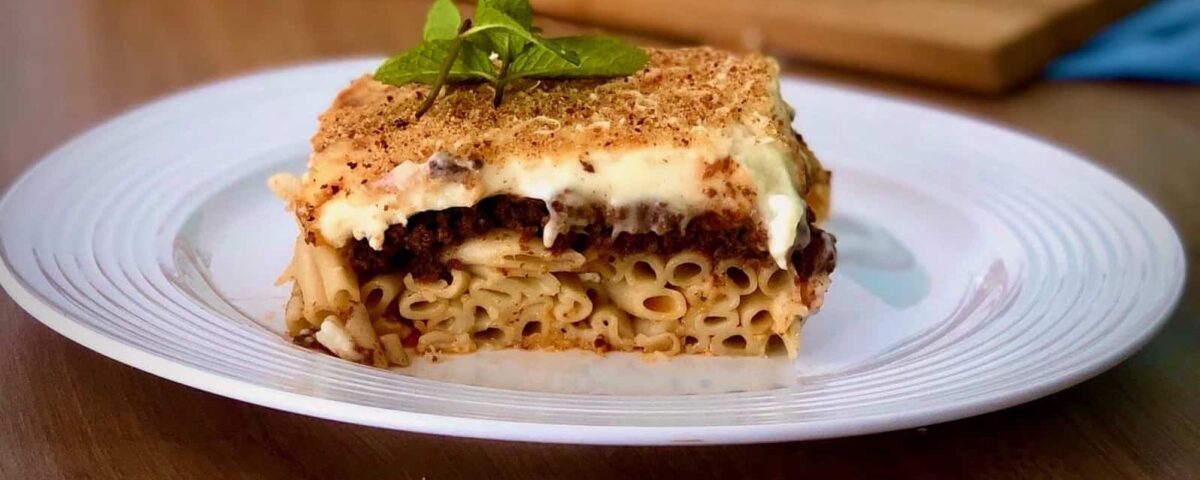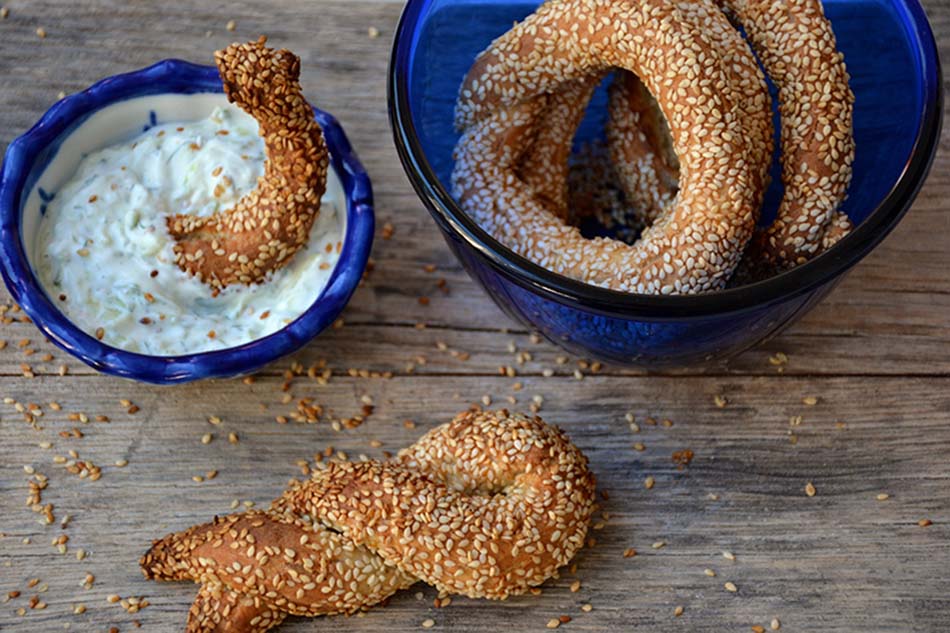
Amigdalota:The Quintessential Greece Almond Cookie

Revithia: A Guide to the Beloved Greek Chickpea Soup
Pasticcio: The Culinary and Cultural Delight
When we talk about comfort food that soothes the soul and tantalizes the taste buds, we can’t overlook the delightful dish known as pasticcio. A true reflection of cultural fusion and culinary creativity, pasticcio is a savory pie or casserole that embodies a rich history and diverse flavor profile. If you’re interested in food that brings together the best of various cuisines, then pasticcio is undoubtedly worth exploring.

What is Pasticcio?
Pasticcio, sometimes spelled “pastitsio,” is a layered dish typically made with pasta, meat sauce, and béchamel, although variations can include a range of ingredients such as vegetables, different types of pasta, and assorted cheeses. The dish is often baked to golden perfection, creating a crispy, flavorful outer layer that encloses the delicious contents within.
Origin of Pasticcio
Tracing the roots of pasticcio takes us on a culinary journey through various Mediterranean regions, particularly Italy and Greece. The term “pasticcio” itself derives from the Italian word for “pie” or “pastiche,” meaning a mix or medley, which perfectly describes the array of ingredients that go into making this dish.
Italian pasticcio often resembles lasagna, with layers of pasta, meat sauce, and cheese baked together. Greek pastitsio, on the other hand, traditionally includes tubular pasta, a spiced meat sauce typically flavored with cinnamon or nutmeg, and it’s topped with a thick layer of creamy béchamel sauce.
The Art of Making Pasticcio
Creating a delectable pasticcio requires particular attention to each component. Here’s a step-by-step guide to making an authentic Greek pastitsio, as it’s one of the most popular and widely recognized variations today.
Ingredients
- For the Pasta Layer:
- 1 lb tubular pasta (e.g., penne or ziti)
- 2 tablespoons butter
- 1 cup grated Kefalotyri or Parmesan cheese
- Salt to taste
- For the Meat Sauce:
- 2 tablespoons olive oil
- 1 large onion, finely chopped
- 2 garlic cloves, minced
- 2 lbs ground beef or lamb
- 1 cup red wine
- 1 (14.5 oz) can crushed tomatoes
- 2 tablespoons tomato paste
- 1 teaspoon cinnamon
- 1 teaspoon allspice
- Salt and pepper to taste
- For the Béchamel Sauce:
- 5 cups milk
- 1 cup butter
- 1 cup all-purpose flour
- 4 eggs, lightly beaten
- Salt, white pepper, and a pinch of nutmeg to taste
Instructions
- Cook the Pasta:
- Boil the pasta according to the package instructions, but cook it just shy of al dente since it will continue to cook in the oven.
- Drain and toss with butter and half of the grated cheese. Set aside.
- Prepare the Meat Sauce:
- In a large skillet, heat the olive oil over medium heat. Add the onion and garlic, sautéing until they are translucent.
- Add the ground meat and cook until browned. Pour in the red wine, allowing it to reduce slightly.
- Stir in the crushed tomatoes, tomato paste, cinnamon, and allspice. Season with salt and pepper. Let the sauce simmer for 20-30 minutes, stirring occasionally until thickened.
- Make the Béchamel Sauce:
- In a saucepan, heat the milk until it is warm but not boiling.
- In a separate pot, melt the butter over medium heat. Gradually stir in the flour to make a roux, cooking until it is pale golden in color.
- Slowly add the warm milk to the roux, whisking constantly to avoid lumps. Continue to cook and stir until the sauce thickens.
- Remove from heat and let it cool slightly before adding the beaten eggs. Season with salt, white pepper, and a pinch of nutmeg.
- Assemble the Pasticcio:
- Preheat your oven to 375°F (190°C).
- In a large baking dish, layer half of the pasta evenly at the bottom. Sprinkle with some of the remaining grated cheese.
- Spread the meat sauce evenly over the pasta layer, then add the rest of the pasta on top.
- Pour the béchamel sauce over the final layer of pasta, ensuring it’s spread evenly. Sprinkle the remaining grated cheese on top.
- Bake for 45-60 minutes until the top is golden brown and the dish is bubbling.
- Serve and Enjoy:
- Let the pasticcio cool for at least 15-20 minutes before serving. This will help it set and make it easier to slice.
- Serve warm and enjoy with a side salad or some crusty bread.
Variations of Pasticcio
One of the joys of making pasticcio is the flexibility it offers. Here are a few ideas to tailor the dish to different tastes and dietary requirements:
- Vegetarian Pasticcio:
- Substitute the meat in the sauce with a mix of chopped vegetables such as zucchini, bell peppers, and mushrooms. For an extra protein boost, add lentils or chickpeas.
- Gluten-Free Pasticcio:
- Use gluten-free pasta and substitute the all-purpose flour in the béchamel sauce with a gluten-free alternative like rice flour or cornstarch.
- Seafood Pasticcio:
- Replace the meat with a seafood mix including shrimp, calamari, and fish fillets, adding them to the sauce near the end of cooking to prevent them from overcooking.
Cultural Significance of Pasticcio
Pasticcio is more than just a dish; it’s a culinary tradition that brings people together. In Greece, pastitsio is often served during celebrations and family gatherings, marking special occasions with its comforting layers. In Italy, variations of pasticcio appear in regional cuisines, each with its unique twist that showcases local ingredients and culinary heritage.
Nutritional Information
While undeniably delicious, traditional pasticcio is a rich and calorie-dense dish. However, it can be made lighter depending on the choice of ingredients. Opting for leaner meats, whole grain pasta, and reducing the amount of cheese and béchamel can help make it a bit healthier.
A standard serving of pasticcio (about 1/8th of a baking dish) typically contains:
- Calories: 400-600 (depending on the recipe)
- Protein: 20-30 grams
- Carbohydrates: 40-50 grams
- Fats: 20-30 grams
Conclusion
Pasticcio is a dish that brings the warmth of Mediterranean hospitality to your kitchen. Its layers of flavor, rich history, and the ability to adapt to various preferences make it a beloved meal for many. Whether you’re experimenting with a traditional Greek recipe or creating your own variation, pasticcio is a celebration of culinary artistry that invites you to savor every bite. So why not gather your ingredients and embark on a delicious adventure that bridges culture and taste in one delightful dish?
The Ultimate Guide to Naan: Exploring the Richness of This Classic Bread
Olympia, Greece: The Birthplace of the Olympic Games


